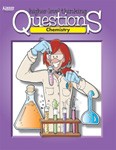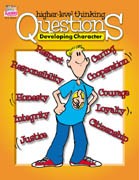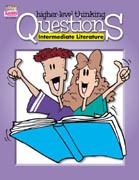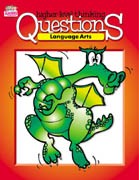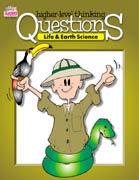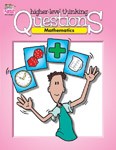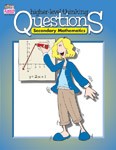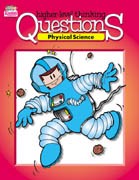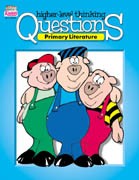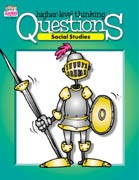- Grades 7 - 12
- Pages 174
-
Product Code BQC ( MR #052684 )
Price $19.00
- Stretch your students' minds with questions that release natural curiosity about chemistry.
- Hundreds of ready-to-use thinking questions on 18 of the most popular chemistry topics.
- Questions are provided in convenient reproducible question card format, perfect for engaging cooperative questioning and analytical thinking.
- Includes reproducible prompts for journal writing and activities for student-generated questions.
Your secondary students will explore chemistry topics and themes like never before with this giant collection of ready-to-use chemistry questions. You’ll find questions for eighteen chemistry topics and themes: Acids and Bases, Atomic Structure, Biochemistry, Bonding, Chemical Industry, Chemical Reactions, Electron Configurations, Environmental Chemistry and Pollution, Gases, Hydrocarbons and Petroleum, Metals, Methods and Tools, Nuclear Chemistry and Alternative Energy Sources, Periodic Table, Solutions, States of Matter, Stoichiometry, and Water. Nurture the development of your students’ thinking skills with hundreds of questions such as: “How can gas pressure affect the health of someone who goes scuba diving?” “Why does maple sugar flow from a tree in winter?” Promote thinking and active engagement in your chemistry class.
No additional information available for this item.

 Proud to be Canadian
Proud to be Canadian